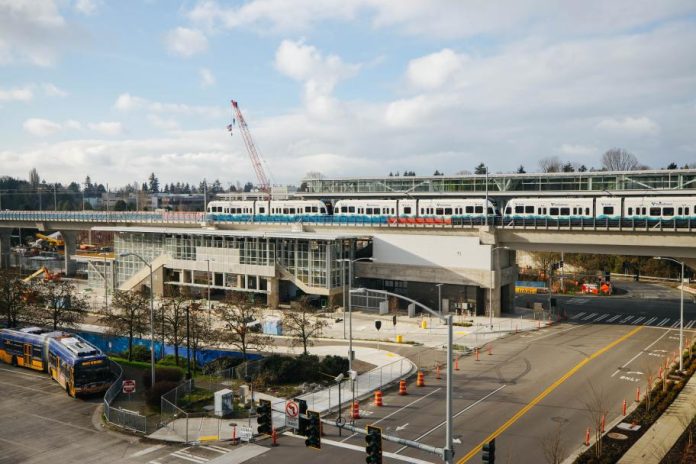
With an $11.5 billion funding crunch and cost escalations in the Sound Transit 3 program, it’s clear that some cutbacks and delays may be inevitable to allow projects to move forward. However, many of the stakeholders seem to think that all of the other projects should take the cuts and their projects ought to be prioritized. This is a regional program though, and as such every part of the region needs to benefit and all regions need to share in the pain a bit to make this work. Here are a few ideas on how each subarea could trim their costs and produce better projects in the process.
Snohomish County
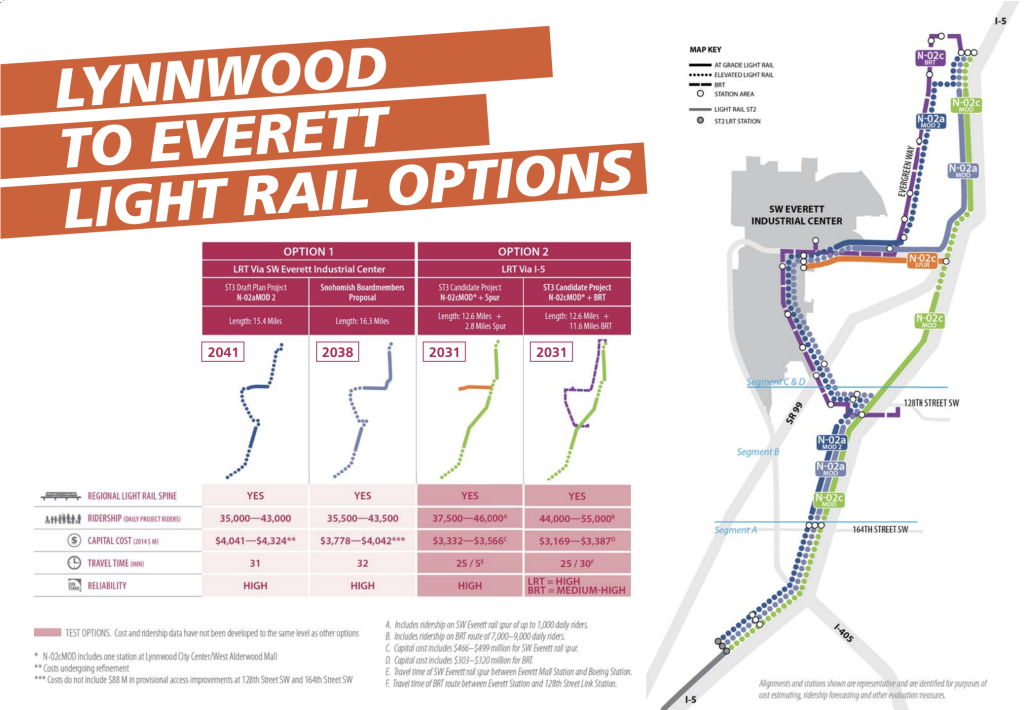
In Snohomish County, the diversion to Paine Field only really makes sense from the perspective of developing the industrial area around Paine Field. The Paine Field Spur proposed by Sound Transit can achieve the same goal while providing better overall service for riders and for a much, much more affordable price.
Ballard
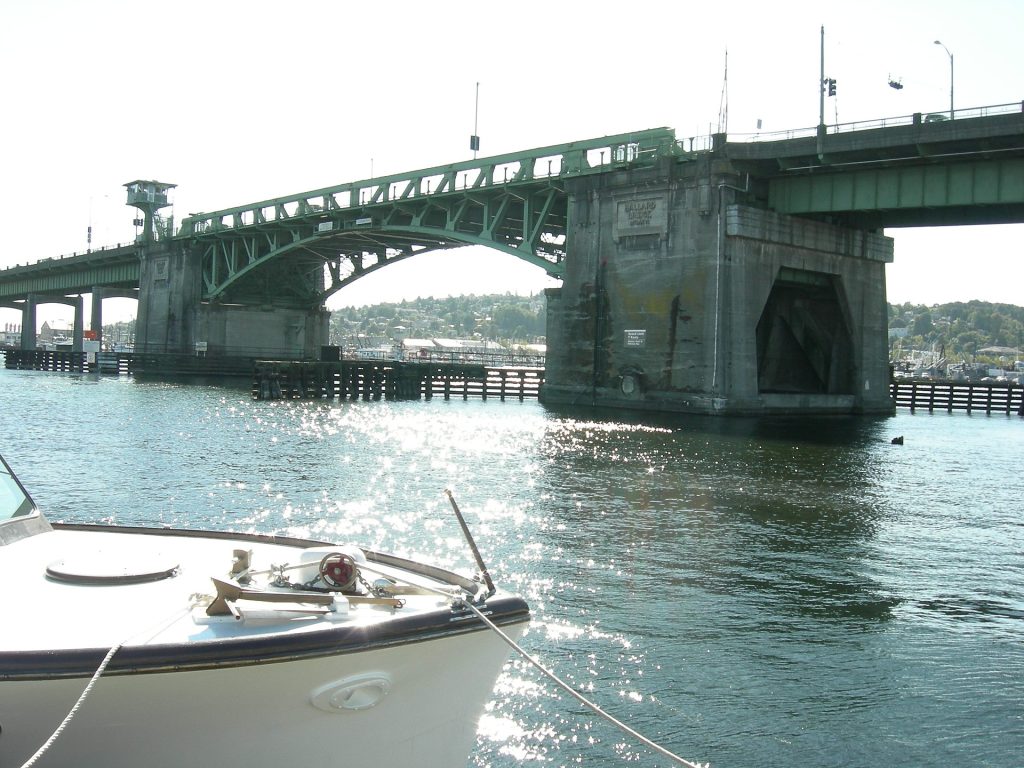
Building tunnels everywhere is a very expensive prospect. The original plans called for a high or medium-high bridge for light rail across Salmon Bay in Ballard. That has been opposed by industrial businesses because of potential disruptions in the remaining industrial land. It’s important to protect industrial space, but perhaps a more mutually beneficial solution could be reached. The Ballard Bridge is in need of replacement and its drawbridge frequently gets stuck.
If we could combine the Ballard Bridge replacement with a transit component and make the bridge a medium-high drawbridge, it could potentially improve outcomes for both bits of infrastructure. In addition, a transit-supporting bridge replacement is much more likely to get funding from current federal investment plans. As an added bonus, extending elevated rail would make future projects a lot cheaper to build while still being grade-separated.
West Seattle
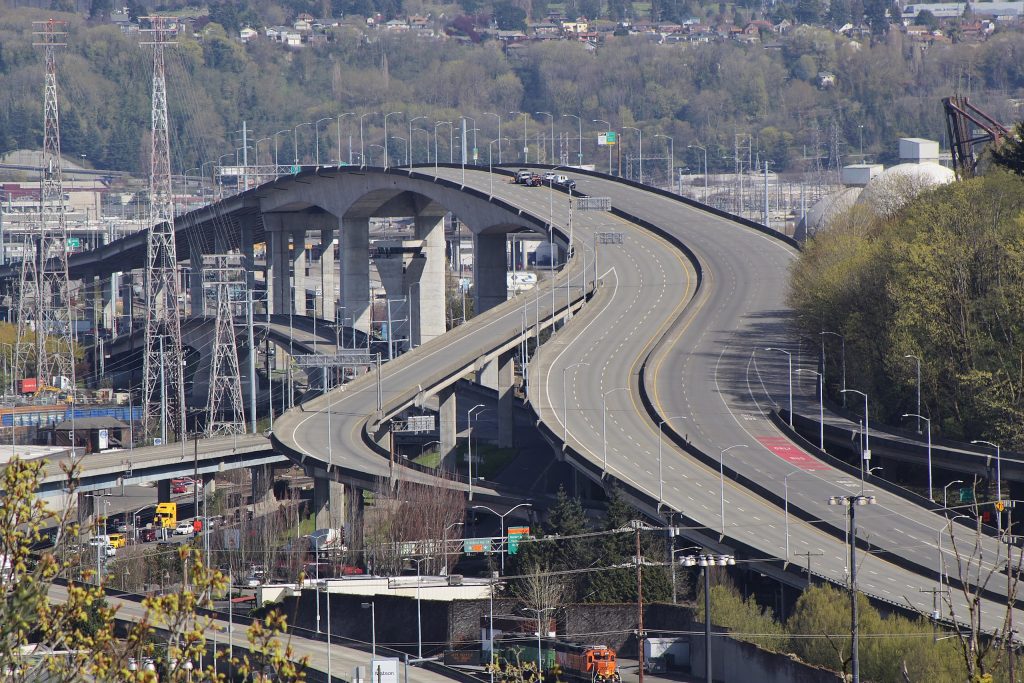
Two bridges and two tunnels is a very pricey endeavor for three stops in West Seattle. The most obvious potential money-saving solution is to have light rail built into the new West Seattle bridge if and when rebuilding begins — though Seattle has opted for repair — and have the center lanes built for rail-only use. Since the West Seattle bridge acts as an uninterrupted freeway up until 35th Ave SW in West Seattle, there would be no cross streets to worry about until that point and an elevated alignment or cut-and-cover tunnel would be much easier to build past it. The major drawback of this kind of plan is it relies on the West Seattle Bridge being rebuilt, and as it may permanently take lanes from the bridge, there may be push back from some West Seattle residents. For faster-to-build discount options, it could be worth taking another look at the original light rail corridor study for West Seattle.
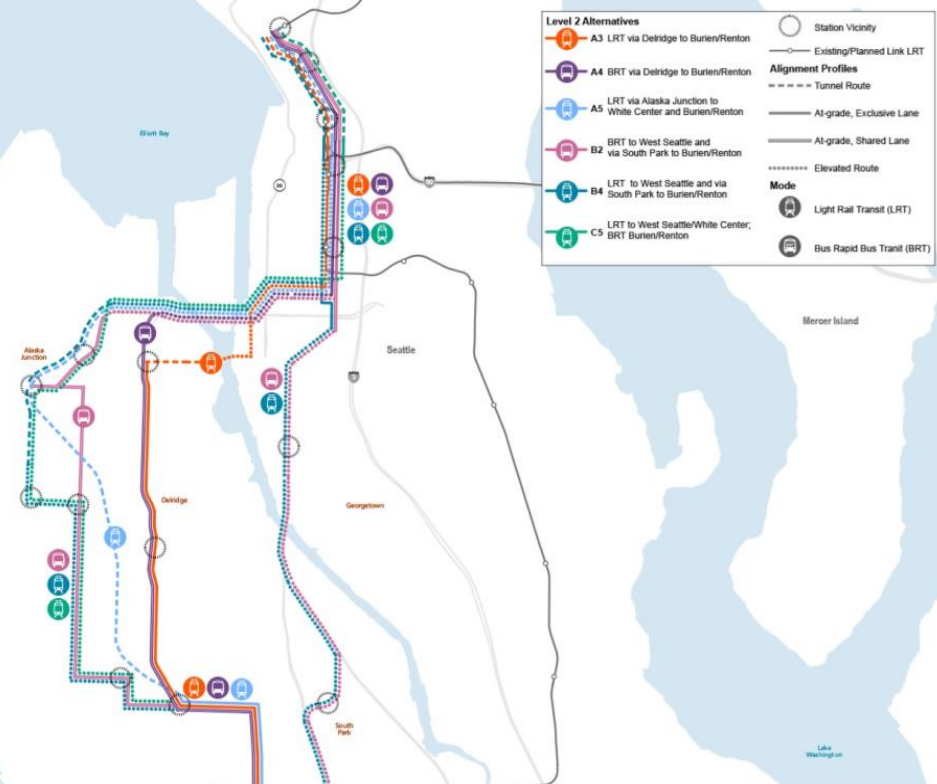
The study presented two cheaper low bridge solutions that might be worth looking at: The orange (A3) line and turquoise line (B4). Both of these lines are cheaper and quicker to build than the current proposed Junction-bound line, though both lines would need to be elevated for their whole route and the turquoise line specifically would need to turn due west at South Park to serve the White Center and Delridge area (and RapidRide H Line) before turning South again.
While neither line reaches the Junction, recent advocates have discussed having an aerial gondola to connect the Junction to Downtown. The idea of an aerial gondola that long — especially one that makes 90 degree turns and has lots of stations — seems pretty unrealistic to anyone who has ridden a lot of aerial gondolas. Aerial gondola stations are not like train stations: riders either have to quickly depart moving gondolas at midpoint stations or get off one gondola and walk to another gondola at terminal stations.
A short aerial gondola line with three stations total (two in West Seattle, one at the target transfer station) could work if the terminus were built directly into the transfer light rail station. This could potentially work for a Delridge station at A3 or the Georgetown station on B4. The lower station would have an aerial gondola on its roof that would use stairs, escalators, and elevators to reach the tracks below.
These options are cheaper and could be built faster than merging light rail with the new West Seattle Bridge, but rebuilding the bridge is probably the best choice as it comes closer to the outcome selected by voters when they voted for Sound Transit 3 in 2016 and presents future extension options deeper in West Seattle.
Pierce County
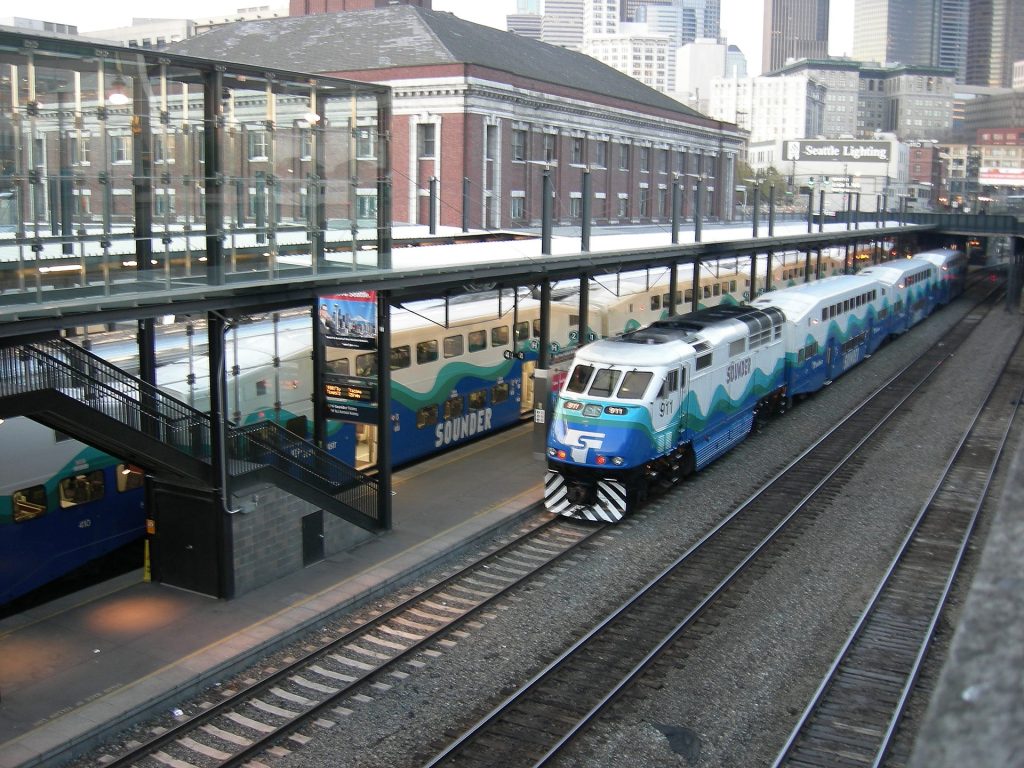
Pierce County has fewer options for still building the light rail spine while reducing their budget. The most likely areas for savings come from reducing garages, and slower implementation of some Sounder regional rail improvements. Sounder improvements should prioritize improved service for riders: frequency and station access. If possible, South Sound projects should seek to combine resources with future projects to expand Amtrak to reduce costs to both projects. Additionally, new stations could start off as simple, accessible platforms with not a lot of extra infrastructure for level boarding. The better station amenities can come as funds become available.
Cut Back the Parking
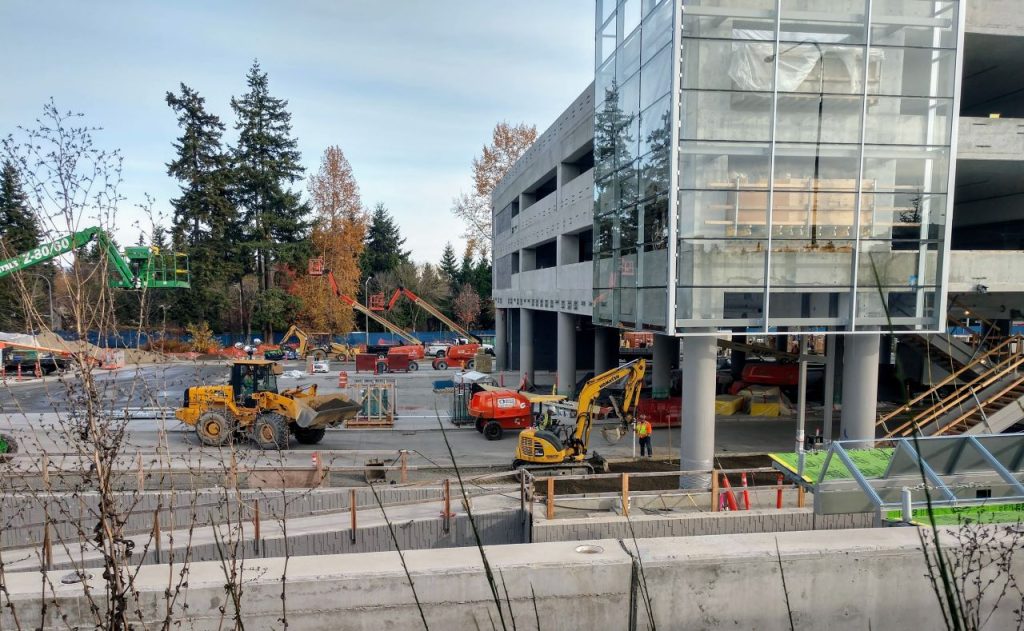
As has been stated here and elsewhere, the easiest way to save money in Sound Transit 3 is delay the building of parking garages until after rail is built. Policymakers should choose to reduce costs by prioritizing bus connections over parking options. Parking garages can be added later as necessary, but are very expensive ways to add ridership.
Suggestions such as those listed above should be seriously considered in reducing costs to achieved the promised goals in the original Sound Transit 3 project. Where possible, we should avoid taking the most lavish and expensive options possible. There simply isn’t enough money to build Cadillac versions of projects and in any case many of these cheaper options could improve overall rider experience, ridership, and access to new future stations. If we play our cards wisely, a cheaper Sound Transit 3 could end up being better than the project we set out to build in the first place.
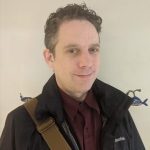
Charles Bond
Charles is an avid cyclist that uses his bike as his primary mode of transportation. He grew up in the Puget Sound, but is currently overseas living in Japan. He covers a range of topics like cycling, transit, and land use. His time in Tokyo really opened his eyes to what urbanism offers people and has a strong desire to see growth happen in Seattle.
